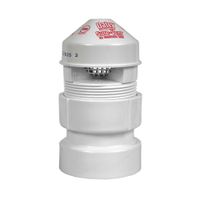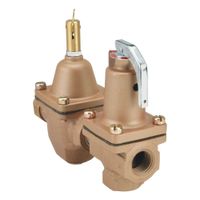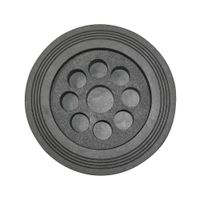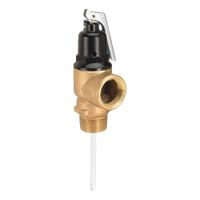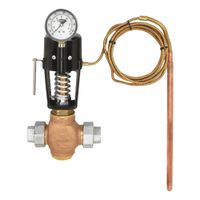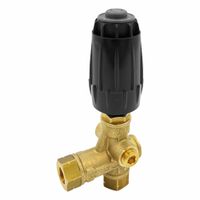Rupture discs, also known as burst discs, are safety devices used to protect equipment from overpressure or vacuum conditions. They are thin, domed membranes designed to burst at a predetermined pressure, thereby providing a rapid pressure relief path. Typically made from metals like stainless steel or non-metallic materials such as graphite, rupture discs are installed in pressure vessels, pipelines, or other systems where pressure build-up could lead to catastrophic failure.
The primary function of a rupture disc is to act as a fail-safe mechanism. When the pressure within a system exceeds the disc's designated burst pressure, the disc ruptures, allowing the excess pressure to be safely vented. This prevents potential damage to equipment, reduces the risk of explosions, and ensures the safety of personnel and the environment.
Rupture discs are advantageous because they provide instantaneous pressure relief, have no moving parts, and are highly reliable. They are often used in conjunction with pressure relief valves to offer a secondary layer of protection. In some applications, rupture discs are placed upstream of relief valves to protect them from corrosive or viscous materials, ensuring the valve's longevity and performance.
The selection of a rupture disc involves considering factors such as the operating pressure, temperature, material compatibility, and the required burst pressure. Proper installation and maintenance are crucial to ensure the disc functions as intended. Regular inspections and replacements are necessary, as factors like fatigue, corrosion, or mechanical damage can affect the disc's performance.
In summary, rupture discs are critical components in pressure management systems, providing a reliable and cost-effective solution to prevent overpressure damage and enhance operational safety.
